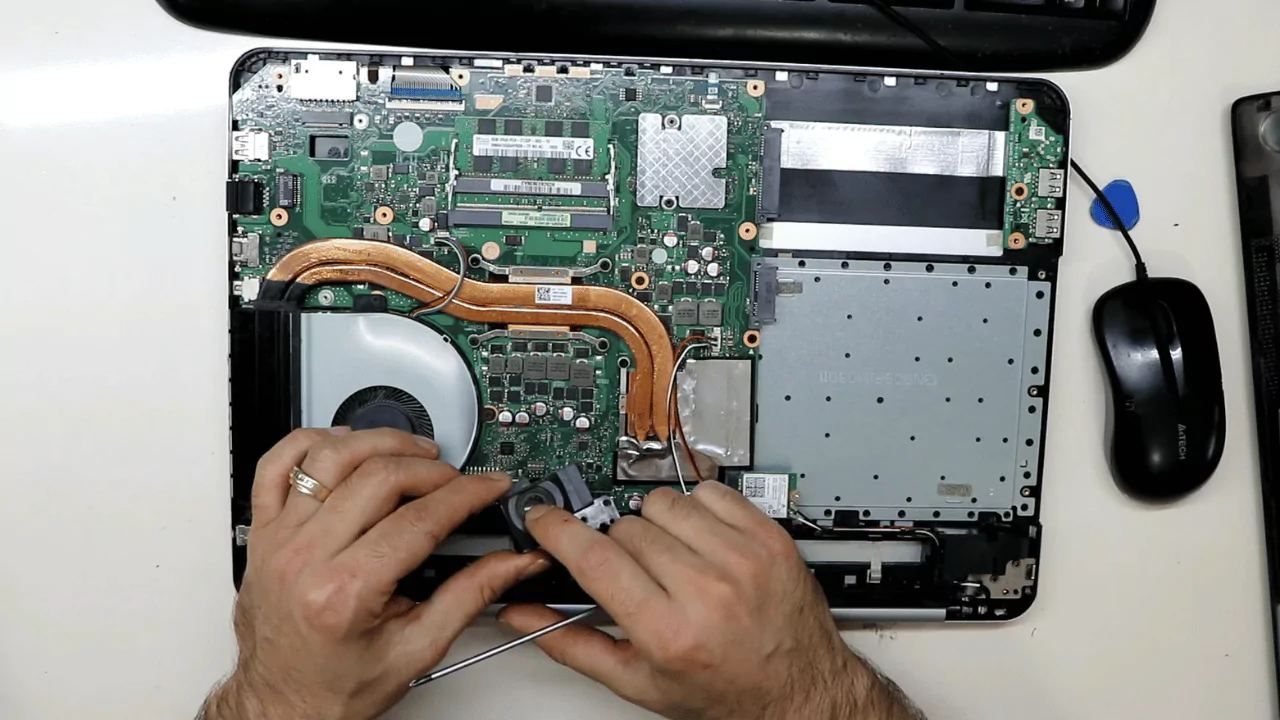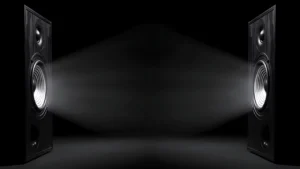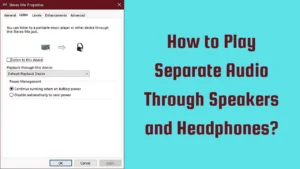It’s frustrating to open your laptop and discover no sound coming from the speakers. But before you resign yourself to using headphones all the time, there are a few ways to diagnose the problem.
You can use a multimeter to check if your laptop speakers are blown. Set the meter to ohms, make sure the speaker is off, and touch the lead of the multimeter to the speaker terminals. A reading of 1.0 ohms means the speaker is not blown, but a reading of infinite ohms means it is blown.
How To Identify If Your Laptop Speakers Are Blown?
Here are some signs that your laptop speakers might be blown:
- Distorted sound: This is the most common symptom. If your music or audio sounds crackly, fuzzy, or just generally unpleasant, especially at higher volumes, it’s a strong indication of blown speakers.
- Low volume: You might notice that the speakers no longer get as loud as they used to, even at the maximum volume setting.
- Uneven sound: One speaker might be quieter than the other, or there might be a noticeable lack of bass.
- Rattling or scraping noises: In some cases, you might hear physical rattling or scraping sounds coming from the speakers themselves, especially on lower notes.
How To Fix Blown Laptop Speakers?
Fixing blown laptop speakers can be a bit of a challenge, but here’s a step-by-step guide to help you:
- Identify the Problem: Determine if your speakers are indeed blown. Common symptoms include a lack of sound, distorted audio, or strange noises like hissing or popping when you try to play sound.
- Check Software Settings: Before opening up your laptop, ensure that the issue isn’t software-related. Check your sound settings, update your audio drivers, and run any troubleshooting tools your operating system may offer.
- Inspect the Speakers: If the problem persists, you’ll need to physically inspect the speakers. This usually involves opening the laptop case, which can vary depending on the model. Be sure to consult your laptop’s manual for instructions on how to safely do this.
- Look for Physical Damage: Once you have access to the speakers, look for any obvious signs of damage, such as tears or holes in the speaker cones.
- Test the Speakers: If you have a multimeter, you can test the speakers’ impedance to check if they’re functioning correctly. A significant deviation from the standard impedance could indicate a blown speaker.
- Replace if Necessary: If you’ve confirmed that the speakers are blown, the best solution is often to replace them. You can order replacement speakers from the manufacturer or a third-party supplier.
- Reassemble Your Laptop: After replacing the speakers, carefully reassemble your laptop, ensuring all connections are secure.
- Test the Sound: Once everything is back together, test the sound to ensure the new speakers are working properly.
Remember, if you’re not comfortable performing these steps yourself, it’s best to consult a professional technician. Also, be aware that opening your laptop may void the warranty, so check with the manufacturer if you’re unsure. For more detailed instructions, you can refer to guides available online.




